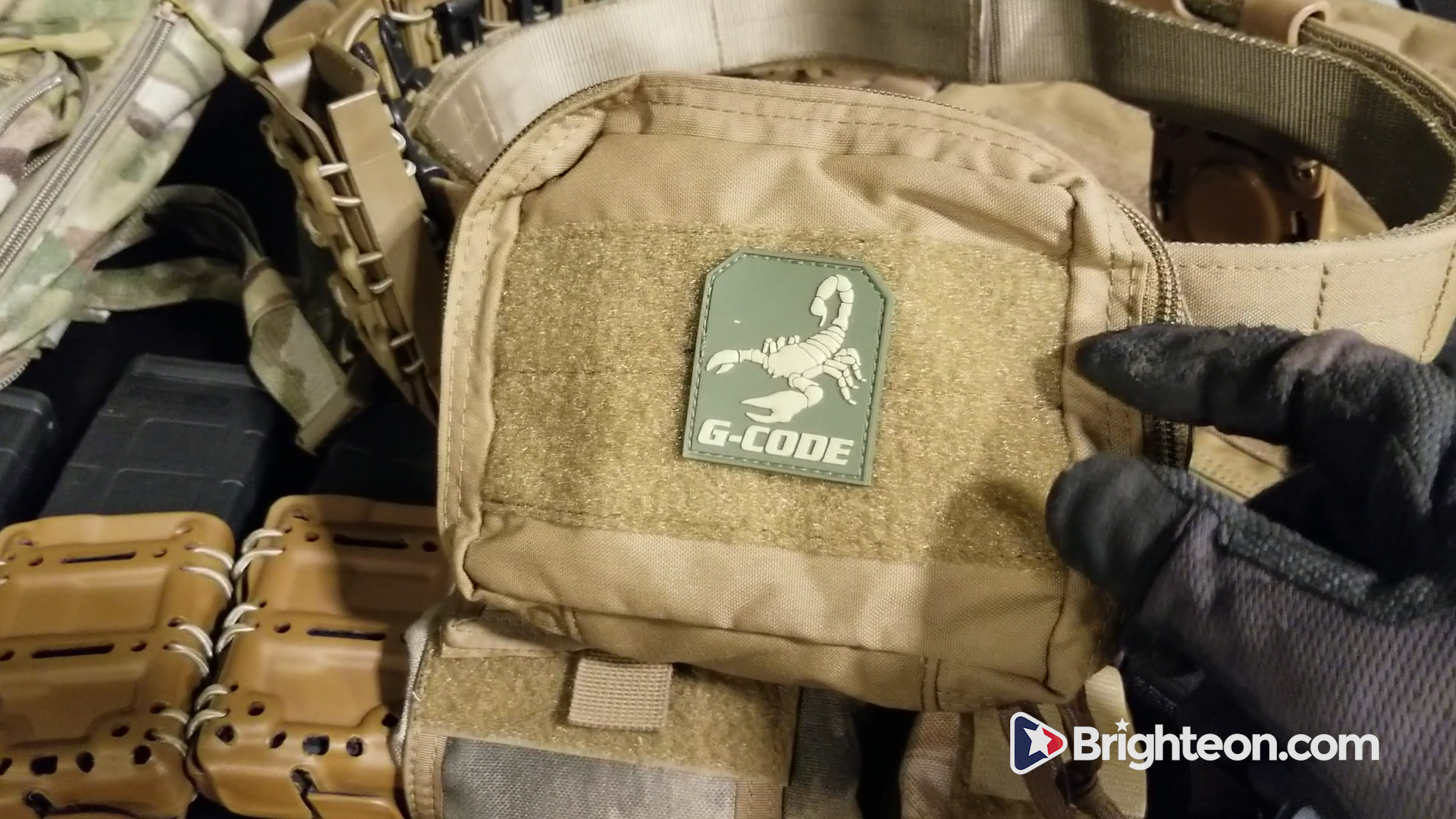A short list on primitive survival tools to use when SHTF
06/18/2018 / By Edsel Cook

Primitive humans were adept at turning naturally available materials into useful tools. An article in Survivor Sullivan covers a list of simple survival equipment that could prove their worth in a SHTF scenario.
A primitive toolset starts off with the basics. These literal sticks and stones will help build better implements. Small pebbles are used to “knap” and fashion flakes from silica-rich stones. They also serve as files to abrade materials. In addition to filing, bigger rocks also make for good scrapers and sanders. A sturdy length of wood serves a combination club/hammer. Use it to break and crush bones to make the raw materials for bone tools.
These three easily available starters lead to better tools. For example, an Oldowan chopping tool is one of the oldest tools in human history. It is basically a pebble with several broken surfaces that give it sharp edges to chop or crush material.
If your area has deer living nearby, you can collect their shed antlers. These can be used as diggers, pounding tools, or scrapers. (Related: Our ancestors survived on it: Hardtack bread is a staple survival food with a long shelf-life.)
Creating primitive tools from stone, bone, plants, and shells
Now it is time to gather materials for making even better primitive tools. The three most important materials are silica-rich rocks, bones, and wood. Optional materials include seashells and plant fibers.
Striking knappable stone will create tiny flakes with sharp edges. These microliths are disposable stone razors.
A silica-rich rock with a blunt point and a strong tip is called a burin. This drilling and scoring tool can break down antlers and bone.
Sponsored solution from the Health Ranger Store: Lab-verified Nascent Iodine solution is a dietary supplement that provides your body with supplemental iodine to help protect your thyroid during radiation exposure. Nuclear accidents such as Fukushima (or nuclear war) can expose your body to radioactive iodine-131, a dangerous radioisotope. Pre-loading your system with stable iodine occupies the iodine receptor sites on your organs, causing your body to naturally expel radioactive iodine you may have been exposed to through air, food, water or milk products. This defensive strategy is recommended by nearly all health authorities, worldwide, including the Nuclear Regulatory Commission. Discover more at this link.
Cordage is vital for bindings, strings, and ropes. It can be made from animal sinews, rawhide, and plant fibers.
Primitive glue is made by boiling animal hides or fish skin. They can also be made from a mix of crushed charcoal and pine sap.
The edge of a large seashell can be given sharp teeth. The new saw can gather plant fibers and score or shape smaller tools made from bone and soft stone.
The coronet section of an antler is solid bone. It is sturdy enough to serve as a “soft” hammer for flint knapping.
“Harder” hammers crush and pound materials. Use any sturdy rock or stick as a club or hammer.
The next level of primitive tools
A scraper is a flint flake with a knapped edge on just one side of the stone. It remove fat, meat, and tissue from animal skins.
An antler tine can be used as a pressure flaker. It gives a flint stone a sharper “retouched edge.”
A hoko knife is a stick with a split end that holds a tightly secured antler or flint flake. It is used as a knife.
A bone awl is a sharp sliver that can punch holes in materials. It is used for cutting, sewing, scoring, and making baskets and pilot holes.
A hand ax is a properly knapped version of the Oldowan chopper. The next upgrade is a hafted stone ax, whose narrow head is fitted inside a hole in its wooden handle.
A bow drill is used in starting fires or drilling holes. Use rawhide for the cordage and be gentle in its use.
Animal skins can be turned into skin bags. A large bag can be used as a bellows that raises the heat of your fire for making pottery.
A primitive grinder and/or mortar and pestle can be made from two rocks, one being large and flat while the smaller one serves as the pestle. Seashells and folded bark can be used as spoons to scoop up the processed edibles.
For more survival guides and tips when SHTF, visit Survival.news.
Sources include:
Tagged Under: bug out, disaster, guides, how-to, off grid, preparedness, prepper, prepping, primitive tools, primitive toolset, SHTF, survival, survival tools, survival toolset, survivalist, tips, Wild, wilderness
RECENT NEWS & ARTICLES
COPYRIGHT © 2017 COLLAPSE.NEWS
All content posted on this site is protected under Free Speech. Collapse.news is not responsible for content written by contributing authors. The information on this site is provided for educational and entertainment purposes only. It is not intended as a substitute for professional advice of any kind. Collapse.news assumes no responsibility for the use or misuse of this material. All trademarks, registered trademarks and service marks mentioned on this site are the property of their respective owners.




















